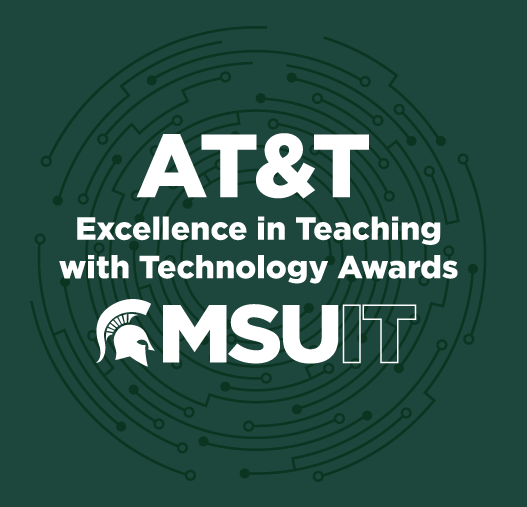CEP 814: Computational Thinking for K-12 Educators
CEP 814 Computational Thinking for K-12 Educators leverages a set of cohesive technologies intentionally selected to support concrete application of understanding and to support active learning. Most learners in the course are traditionally not computer science educators. Therefore, we have worked over several semesters to make computational thinking more accessible to a wider learner population through the use of pedagogical strategies and meaningful technology integration.
In each unit, we use Microsoft MakeCode Arcade to model the application of computational thinking knowledge and skills. Then, learners apply their learning through a computational thinking coding challenge with MakeCode Arcade. Learners also produce their own videos with unplugged activities as they develop their understanding of computational thinking in each unit. In these activities, learners are doing magic tricks, playing card games, and even decomposing dances to apply computational thinking. Learners then upload their videos to a shared Slack workspace to expand understanding and build community.
Because there is a higher barrier to entry in the world of computer science and computational thinking for many educators, we utilize a Developers Notebook which is a Google Slides deck that we have repurposed to be an interactive notebook to scaffold and support their work. Throughout each unit, there are structured activities, note-taking spaces, and reflections for the learner to engage in as they actively engage in building and applying their knowledge.
Incorporation of Technology
In CEP 814, our core technologies are D2L, MakeCode Arcade, video, Google Slides, and Slack. These technologies were selected to align to our goals of actively engaging learners in computational thinking via accessible, concrete, and connected pedagogical strategies and resources. To select these technologies, we reviewed accessibility features and statements. We considered the pedagogical implications of the technologies ability to help us make the content concrete (MakeCode Arcade specifically). And, we considered the affordances of each technology to support us in building a pedagogically connected experience (Video, Google Slides, and Slack).
MakeCode Arcade is one of the more innovative tools that we utilized in the course design. It provides a block-based coding environment as an entryway to advance skills to JavaScript and Python.
A slightly less flashy, innovative use of technology we employed in CEP 814 was the use of shared video by the learners. To make the learning more concrete and active, with a focus on equity, we created activities in each unit that prompted learners to participate in an unplugged computational thinking experience. In these activities, learners had to explore algorithms with magic tricks and card games and explore decomposition by decomposing a dance.
These approaches are unique in the field because they bring concrete connections to the content, which can otherwise be more theoretical and abstract. We believe our approach is also forward-thinking by making connections to generative AI, applying computational thinking to demystify aspects of it.

